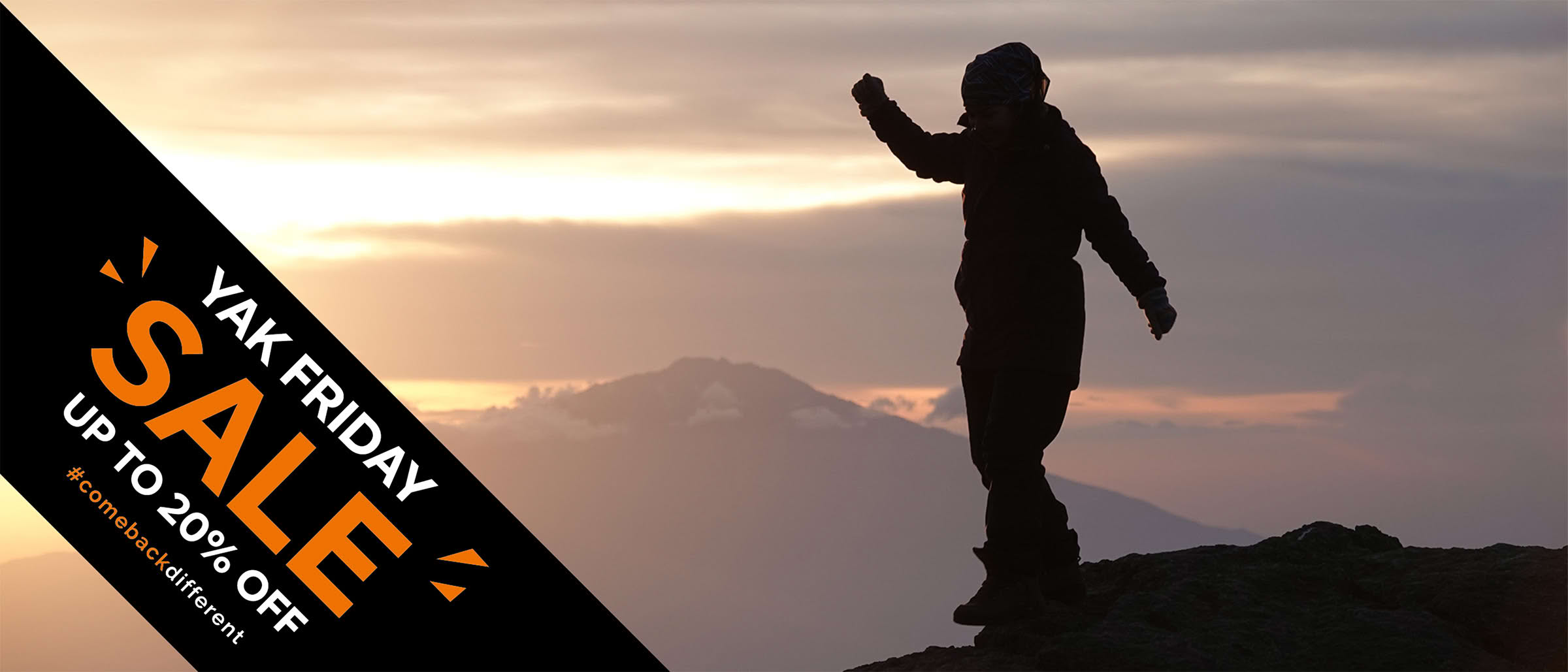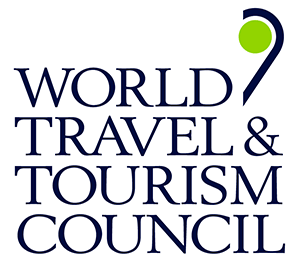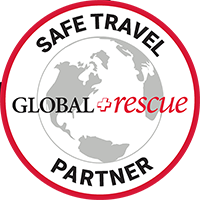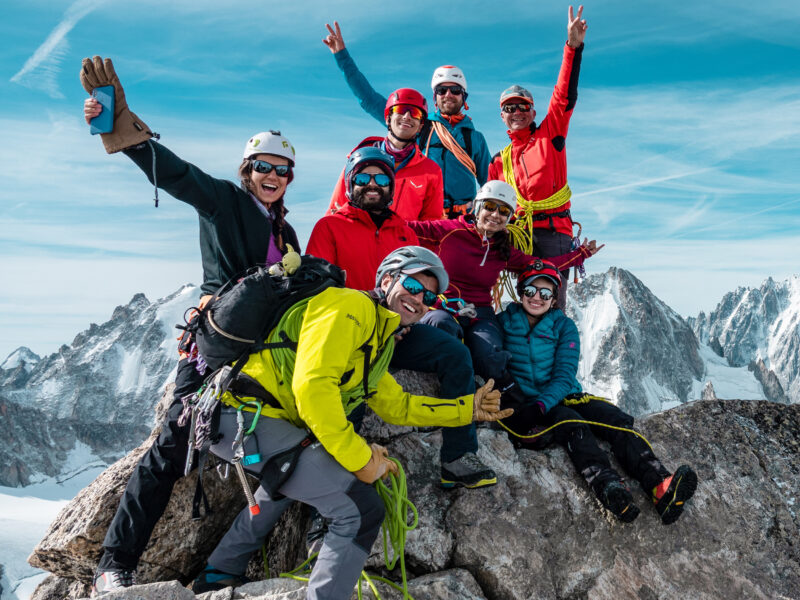BY Rami Rasamny | April 02 2025
What Is the Easiest Route Up Kilimanjaro?
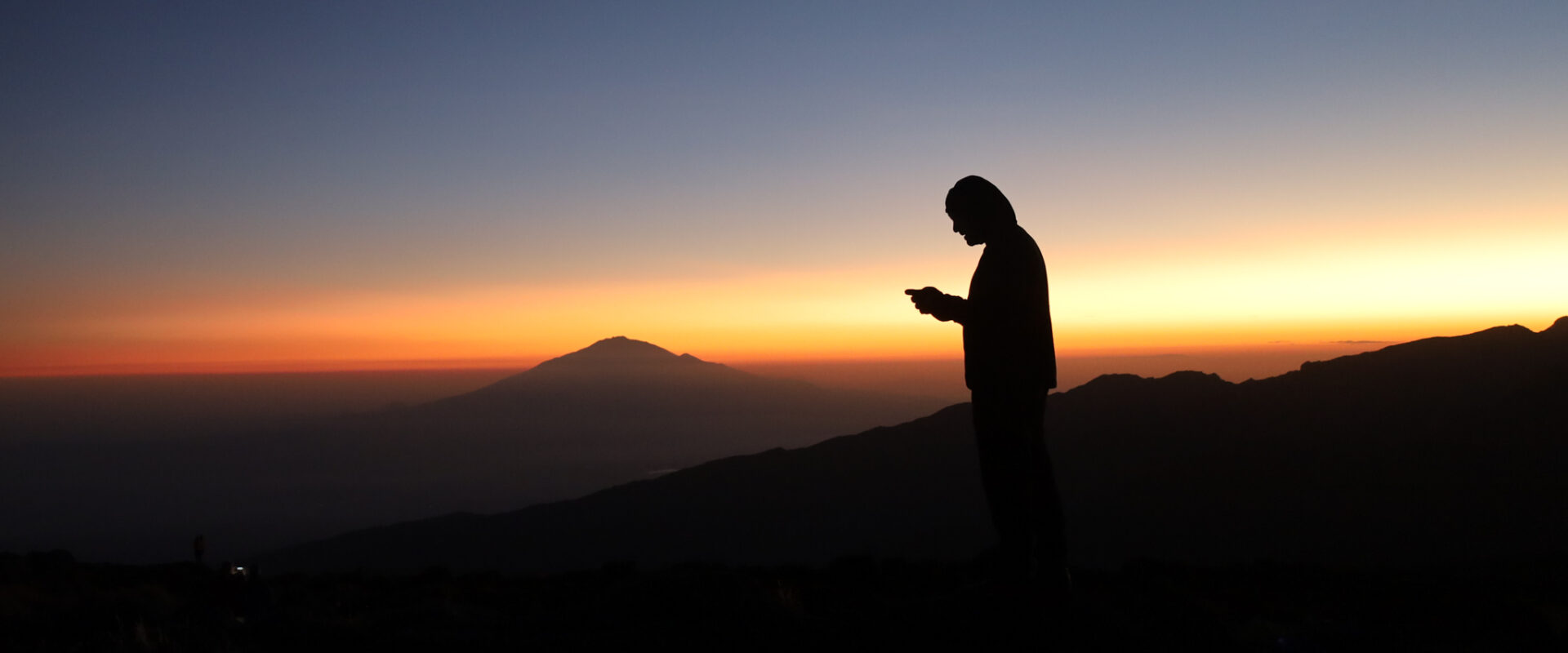
There’s no such thing as an easy way up Mount Kilimanjaro.
Let’s get that out of the way first.
You’re climbing Mount Kilimanjaro—the highest free-standing mountain in the world and the roof of Africa. You’ll be hiking through five unique ecosystems, braving cold nights, thin air, and early summit pushes. But with the right mindset, the right team, and the right route—this challenge becomes not just possible, but transformative.
And that brings us to the big question: what is the easiest route to climb Mount Kilimanjaro?
The truth is, every Kilimanjaro route has its pros and cons. “Easy” is relative—to your fitness, altitude experience, comfort with camping, and how much time you’re willing to give to acclimatize. So instead of a one-size-fits-all answer, let’s break down the routes one by one.
Marangu Route – The “Coca-Cola” Trail
Often labeled as the easiest way to climb Mt Kilimanjaro, Marangu is the only route that offers accommodation in mountain huts rather than tents. That means beds, shared dining halls, and a touch more comfort for those trekking through cold nights.
But don’t let the amenities fool you. The summit day is notoriously demanding. From Kibo Hut, you reach Gillman’s Point before Stella Point, which means at least two extra hours spent above 5,000 meters—a formidable challenge, especially in thin air.
If you’re wondering how hard is it to climb Kilimanjaro, the answer might just lie in this deceptively cozy route.
Rongai Route – The Quiet Northern Approach
Coming in from the drier, less-traveled northern side, Rongai is an appealing option for those seeking solitude on their Kilimanjaro trek. Early hiking days are shorter and more gradual, allowing your body to settle into the climb.
However, the challenges come later. Much of the route is spent at high elevation, and like Marangu, you’ll be sleeping in tents at Kibo Hut and again at Horombo Hut on the way down—just as you pass by trekkers resting inside the warm Marangu shelters.
While Rongai may offer a gentle start, the prolonged exposure to high altitude makes it a test in endurance.

Umbwe Route – The Most Direct (and Most Demanding)
Umbwe is, without a doubt, the most challenging way to climb Mount Kilimanjaro.
This route is steep, fast, and not for the faint of heart. You gain altitude rapidly, leaving little time for your body to adjust. It’s raw, it’s wild, and it’s only suited for experienced trekkers who are confident with altitude and looking for a true test.
If your dream Kilimanjaro climb includes intensity, isolation, and a fast-paced ascent, Umbwe might be for you. But for most, it’s the route we recommend with the most caution.
Lemosho Route – The Long and Scenic Journey
If you’re looking for the best way to take on a Mount Kilimanjaro hike with ample time to adjust to the altitude, Lemosho is a standout.
Spread over eight days, this route offers superb acclimatization. It’s one of the most scenic ways to hike Kilimanjaro, starting from the western forests and merging with the Machame route further along. The days are well-paced, and your exposure to high altitude is gradual and manageable.
The trade-off? More time on the mountain means more nights exposed to the elements. Still, if your goal is to enjoy the experience and increase your summit chances, Lemosho is one of the best choices for a successful Kilimanjaro trek.
Machame Route – The Balanced Ascent
This is the most popular route for a reason.
Machame hits that sweet spot for many hikers: a 7-day itinerary that balances distance, elevation gain, and acclimatization perfectly. It’s scenic, varied, and offers one of the highest success rates for those climbing Kilimanjaro for the first time.
You’ll summit via Stella Point, which means less time spent above 5,000 meters compared to Marangu or Rongai. The daily hiking schedule is manageable, and the path allows for effective “climb high, sleep low” strategies that help with acclimatization.
If you’re looking to climb Mount Kilimanjaro with the right balance of challenge and support, Machame is one of the most reliable routes to get you there.
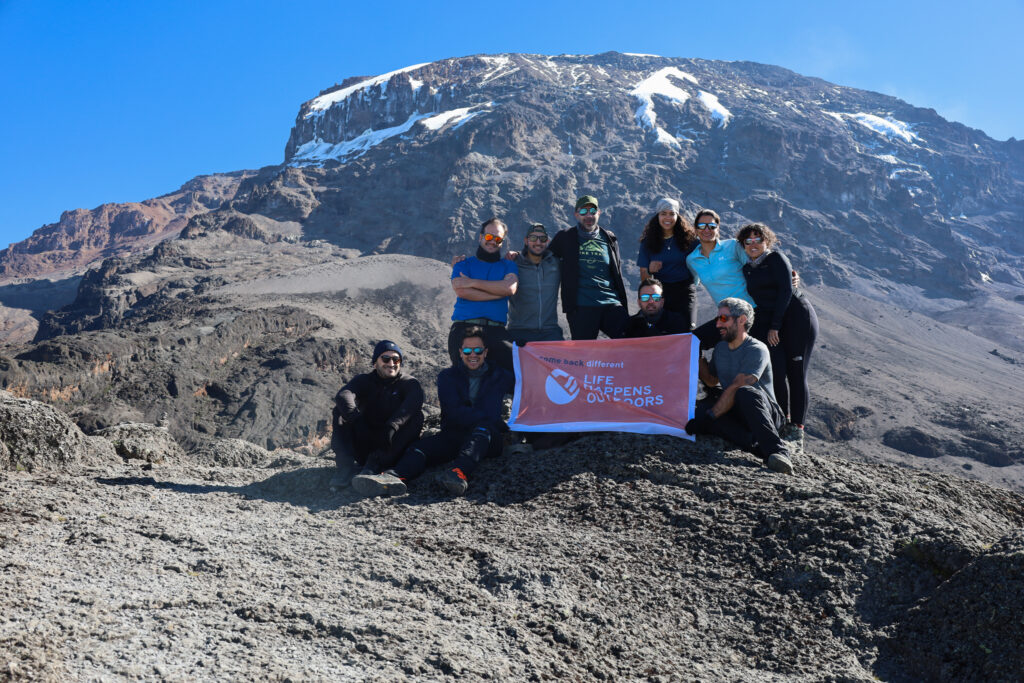
So—Which Route Is “Easiest”?
If your idea of “easy” is sleeping in huts, then Marangu might feel like a softer landing. But its summit day and prolonged exposure at high altitude make it one of the most demanding when it matters most.
If you’re chasing extra time to acclimatize, Lemosho gives you space to settle in.
But if you want a Kilimanjaro hike with a strong mix of pacing, acclimatization, and support, Machame is where the balance lies.
No matter which route you choose, climbing Mt Kilimanjaro is less about ease and more about readiness. It’s about respecting the mountain, trusting the process, and surrounding yourself with a team that understands what it takes to get you there—and back—safely.
At Life Happens Outdoors, we don’t just guide people to the summit. We help them discover what they’re made of along the way.
Ready to climb Kili? Whether it’s your first big expedition or your next great challenge, we’re here to help you choose the right route—and to walk every step with you until you reach the Roof of Africa.
Let’s climb.
About The Author
Rami Rasamny is the founder of Life Happens Outdoors, a premium adventure travel community dedicated to transforming lives through curated outdoor experiences. A mountaineer and entrepreneur, Rami has led teams on some of the world’s most challenging peaks, from the Alps to the Himalayas. His mission is to make adventure accessible, transformative, and safe for all who seek to push their limits and Come Back Different.
About Life Happens Outdoors
At Life Happens Outdoors, we believe in the power of nature to transform lives. As proud members of the Adventure Travel Trade Association (ATTA) and the World Travel & Tourism Council (WTTC), our team of certified guides and outdoor professionals is committed to the highest standards of safety, sustainability, and excellence.
Discover more about our story and mission on our Meet LHO page, or explore our curated adventures such as the Tour du Mont Blanc Trek, the Climb of Kilimanjaro, and Chasing the Northern Lights.









